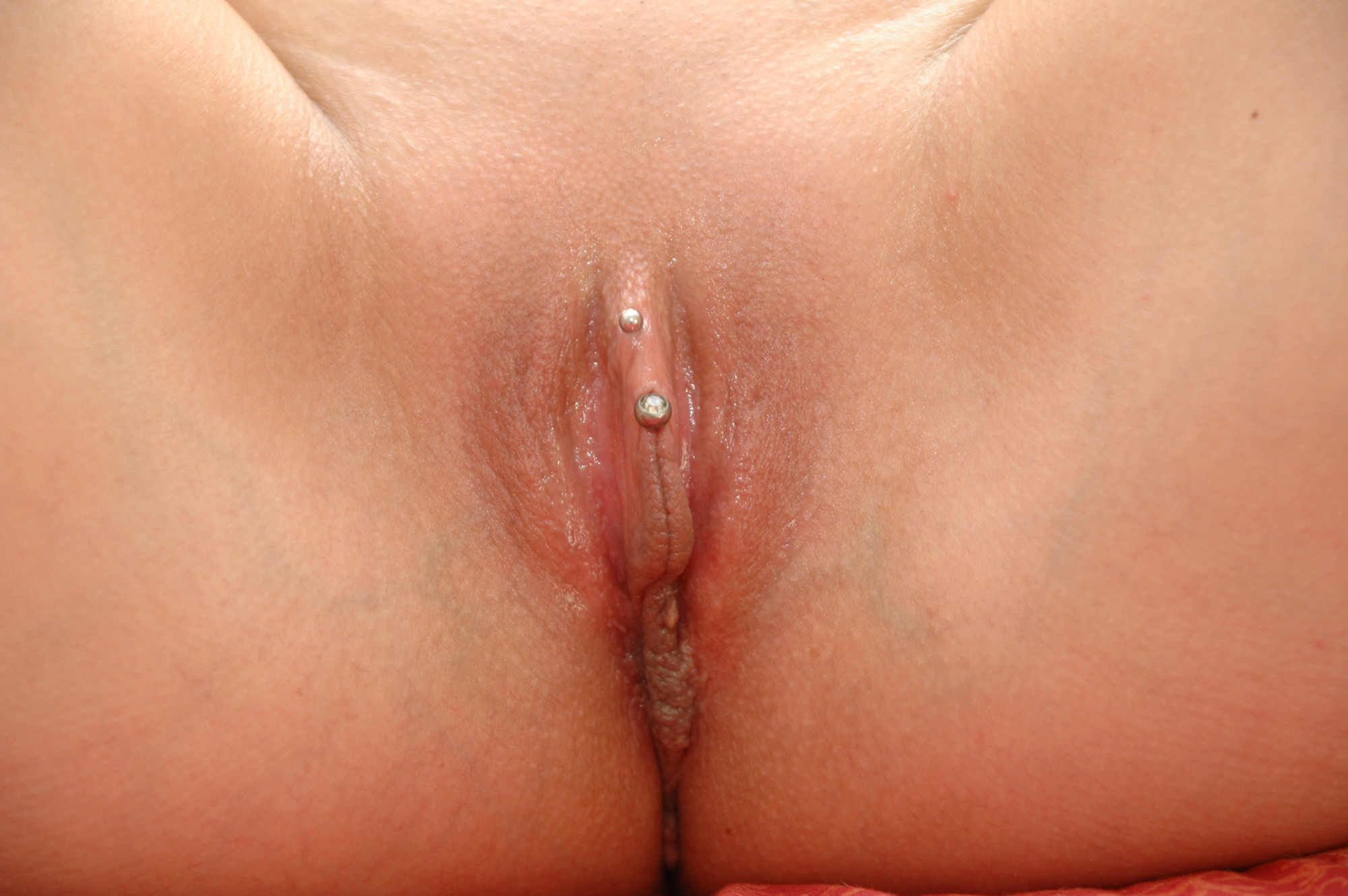|
Fingering (sexual Act)
Fingering is typically the use of fingers or hands to sexually stimulate the vulva (including the clitoris) or vagina. Vaginal fingering is legally and medically called digital penetration or digital penetration of the vagina. Fingering may also include the use of fingers to sexually stimulate the anus. Fingering may be performed on oneself (masturbation) or by or with a sexual partner. When performed on the vulva or vagina by a sexual partner, it is a form of mutual masturbation, and is analogous to a handjob (the manual stimulation of the penis). It may be used for sexual arousal or foreplay, constitute an entire sexual encounter, or be used as a form of non-penetrative sexual activity. Stimulation Vulva Parts of the vulva, especially the clitoris, are erogenous zones. * Massage of the vulva, and in particular the clitoris, is the most common way for a woman to achieve an orgasm. Studies indicate that 70-80% of women require direct clitoral stimulation to achieve orgas ... [...More Info...] [...Related Items...] OR: [Wikipedia] [Google] [Baidu] |
Non-penetrative Sex
Non-penetrative sex or outercourse is sexual activity that usually does not include sexual penetration. It generally excludes the penetrative aspects of vaginal, anal, or oral sexual activity, but includes various forms of sexual and non-sexual activity, such as frottage, mutual masturbation, kissing, or cuddling.Se272 anpage 301 for two different definitions of outercourse (first of the pages for no-penetration definition; second of the pages for no-penile-penetration definition). Some forms of non-penetrative sex, particularly when termed ''outercourse,'' include penetrative aspects, such as penetration that may result from forms of fingering or oral sex. People engage in non-penetrative sex for a variety of reasons, including as a form of foreplay or as a primary or preferred sexual act.Sehere onwards anpages 47–49 for views on what constitutes virginity loss and therefore sexual intercourse or other sexual activity; source discusses how gay and lesbian individuals ... [...More Info...] [...Related Items...] OR: [Wikipedia] [Google] [Baidu] |
Female Ejaculation
Female ejaculation is characterized as an expulsion of fluid from the Skene's gland at the lower end of the urethra during or before an orgasm. It is also known colloquially as squirting (or gushing), although research indicates that female ejaculation and squirting are different phenomena, squirting being attributed to a sudden expulsion of liquid that partly comes from the bladder and contains urine. Female ejaculation is physiologically distinct from coital incontinence, with which it is sometimes confused. There have been few studies on female ejaculation. A failure to adopt common definitions and research methodology by the scientific community has been the primary contributor to this lack of experimental data. Research has suffered from highly selected participants, narrow case studies, or very small sample sizes, and consequently has yet to produce significant results. Much of the research into the composition of the fluid focuses on determining whether it is, or con ... [...More Info...] [...Related Items...] OR: [Wikipedia] [Google] [Baidu] |
Skene's Gland
In female human anatomy, Skene's glands or the Skene glands ( , also known as the lesser vestibular glands, paraurethral glands) are glands located around the lower end of the urethra. The glands are surrounded by tissue that swells with blood during sexual arousal, and secrete a fluid from openings near the urethra, particularly during orgasm. Structure and function The Skene's glands are located in the vestibule of the vulva, around the lower end of the urethra. The two Skene's ducts lead from the Skene's glands to the vulvar vestibule, to the left and right of the urethral opening, from which they are structurally capable of secreting fluid. Although there remains debate about the function of the Skene's glands, one purpose is to secrete a fluid that helps lubricate the urethral opening. Skene's glands produce a milk-like ultrafiltrate of blood plasma. The glands may be the source of female ejaculation, but this has not been proven. Because they and the male prostate act s ... [...More Info...] [...Related Items...] OR: [Wikipedia] [Google] [Baidu] |
Navel
The navel (clinically known as the umbilicus, commonly known as the belly button or tummy button) is a protruding, flat, or hollowed area on the abdomen at the attachment site of the umbilical cord. All placental mammals have a navel, although it is generally more conspicuous in humans. Structure The umbilicus is used to visually separate the abdomen into quadrants. The umbilicus is a prominent scar on the abdomen, with its position being relatively consistent among humans. The skin around the waist at the level of the umbilicus is supplied by the tenth thoracic spinal nerve (T10 dermatome). The umbilicus itself typically lies at a vertical level corresponding to the junction between the L3 and L4 vertebrae, with a normal variation among people between the L3 and L5 vertebrae. Parts of the adult navel include the "umbilical cord remnant" or "umbilical tip", which is the often protruding scar left by the detachment of the umbilical cord. This is located in the center of ... [...More Info...] [...Related Items...] OR: [Wikipedia] [Google] [Baidu] |
G-spot
The G-spot, also called the Gräfenberg spot (for German gynecologist Ernst Gräfenberg), is characterized as an erogenous area of the vagina that, when stimulated, may lead to strong sexual arousal, powerful orgasms and potential female ejaculation.Sepage 135 for prostate information, anpage 76 for G-spot and vaginal nerve ending information. It is typically reported to be located up the front (anterior) vaginal wall between the vaginal opening and the urethra and is a sensitive area that may be part of the female prostate. The existence of the G-spot has not been proven, nor has the source of female ejaculation. Although the G-spot has been studied since the 1940s, disagreement persists over its existence as a distinct structure, definition and location. * The G-spot may be an extension of the clitoris, which together may be the cause of orgasms experienced vaginally. * Sexologists and other researchers are concerned that women may consider themselves to be dysfunctional i ... [...More Info...] [...Related Items...] OR: [Wikipedia] [Google] [Baidu] |
Nerve
A nerve is an enclosed, cable-like bundle of nerve fibers (called axons) in the peripheral nervous system. A nerve transmits electrical impulses. It is the basic unit of the peripheral nervous system. A nerve provides a common pathway for the electrochemical nerve impulses called action potentials that are transmitted along each of the axons to peripheral organs or, in the case of sensory nerves, from the periphery back to the central nervous system. Each axon, within the nerve, is an extension of an individual neuron, along with other supportive cells such as some Schwann cells that coat the axons in myelin. Within a nerve, each axon is surrounded by a layer of connective tissue called the endoneurium. The axons are bundled together into groups called fascicles, and each fascicle is wrapped in a layer of connective tissue called the perineurium. Finally, the entire nerve is wrapped in a layer of connective tissue called the epineurium. Nerve cells (often called neurons) ... [...More Info...] [...Related Items...] OR: [Wikipedia] [Google] [Baidu] |
Cengage Learning
Cengage Group is an American educational content, technology, and services company for the higher education, K-12, professional, and library markets. It operates in more than 20 countries around the world.(Jun 27, 2014Global Publishing Leaders 2014: Cengage publishersweekly.comCompany Info - Wall Street JournalCengage LearningCompany Overview of Cengage Learning, Inc. BloombergBusiness Company information The company is headquartered in Boston, Massachusetts, and has approximately 5,000 employees worldwide across nearly 38 countries. It was headquartered at its Stamford, Connecticut, office until April 2014. |
Clitoral Hood
In the female human body, the clitoral hood (also called preputium clitoridis and clitoral prepuce) is a fold of skin that surrounds and protects the glans of the clitoris; it also covers the external shaft of the clitoris, develops as part of the labia minora and is homologous with the foreskin (also called the ''prepuce'') in the male reproductive system. The clitoral hood is composed of muccocutaneous tissues; these tissues are between the mucous membrane and the skin, and they may have immunological importance because they may be a point of entry of mucosal vaccines. The clitoral hood is also important not only in the protection of the clitoral glans, but also in pleasure, as its tissue forms part of the erogenous zones of the vulva. Development and variation The clitoral hood is formed during the fetal stage by the cellular lamella. The cellular lamella grows down on the dorsal side of the clitoris and is eventually fused with the clitoris. The clitoral hood is formed fr ... [...More Info...] [...Related Items...] OR: [Wikipedia] [Google] [Baidu] |
Clitoral Glans
The clitoris ( or ) is a female sex organ present in mammals, ostriches and a limited number of other animals. In humans, the visible portion – the glans – is at the front junction of the labia minora (inner lips), above the opening of the urethra. Unlike the penis, the male homologue (equivalent) to the clitoris, it usually does not contain the distal portion (or opening) of the urethra and is therefore not used for urination. In most species, the clitoris lacks any reproductive function. While few animals urinate through the clitoris or use it reproductively, the spotted hyena, which has an especially large clitoris, urinates, mates, and gives birth via the organ. Some other mammals, such as lemurs and spider monkeys, also have a large clitoris. The clitoris is the human female's most sensitive erogenous zone and generally the primary anatomical source of human female sexual pleasure. In humans and other mammals, it develops from an outgrowth in the embryo c ... [...More Info...] [...Related Items...] OR: [Wikipedia] [Google] [Baidu] |
Clinical Psychology Review
Clinical Psychology Review' is a peer-reviewed academic journal that supports subscription based and open access publication of reviews on topics relevant to the field of clinical psychology. Gordon J. G. Asmundson ( University of Regina) serves as the Editor-In-Chief of the journal with associate editors Ernst Koster (Universiteit Gent), Christine Purdon ( University of Waterloo), Annemieke van Straten ( Vrije Universiteit Amsterdam), and Michael J. Zvolensky (University of Houston). ''Clinical Psychology Review'' has a Cite Score of 18.1 and an impact factor of 12.792 (2020) ranking it 2nd out of 131 journals in ''clinical psychology''. Scope of Clinical Psychology Review A broad range of topics are covered including but not limited to topics related to psychopathology, psychotherapy, behaviour therapy, cognitive therapies, behavioural medicine, community mental health, psychiatric assessment, and childhood development. The journal aims to publish papers contributing to ... [...More Info...] [...Related Items...] OR: [Wikipedia] [Google] [Baidu] |
Orgasm
Orgasm (from Greek , ; "excitement, swelling") or sexual climax is the sudden discharge of accumulated sexual excitement during the sexual response cycle, resulting in rhythmic, involuntary muscular contractions in the pelvic region characterized by sexual pleasure.Se133–135 for orgasm information, anpage 76for G-spot and vaginal nerve ending information. Experienced by males and females, orgasms are controlled by the involuntary or autonomic nervous system. They are usually associated with involuntary actions, including muscular spasms in multiple areas of the body, a general euphoric sensation and, frequently, body movements and vocalizations. The period after orgasm (known as the refractory period) is typically a relaxing experience, attributed to the release of the neurohormones oxytocin and prolactin as well as endorphins (or "endogenous morphine"). Human orgasms usually result from physical sexual stimulation of the penis in males (typically accompanying ej ... [...More Info...] [...Related Items...] OR: [Wikipedia] [Google] [Baidu] |


_1.png)




.png)
